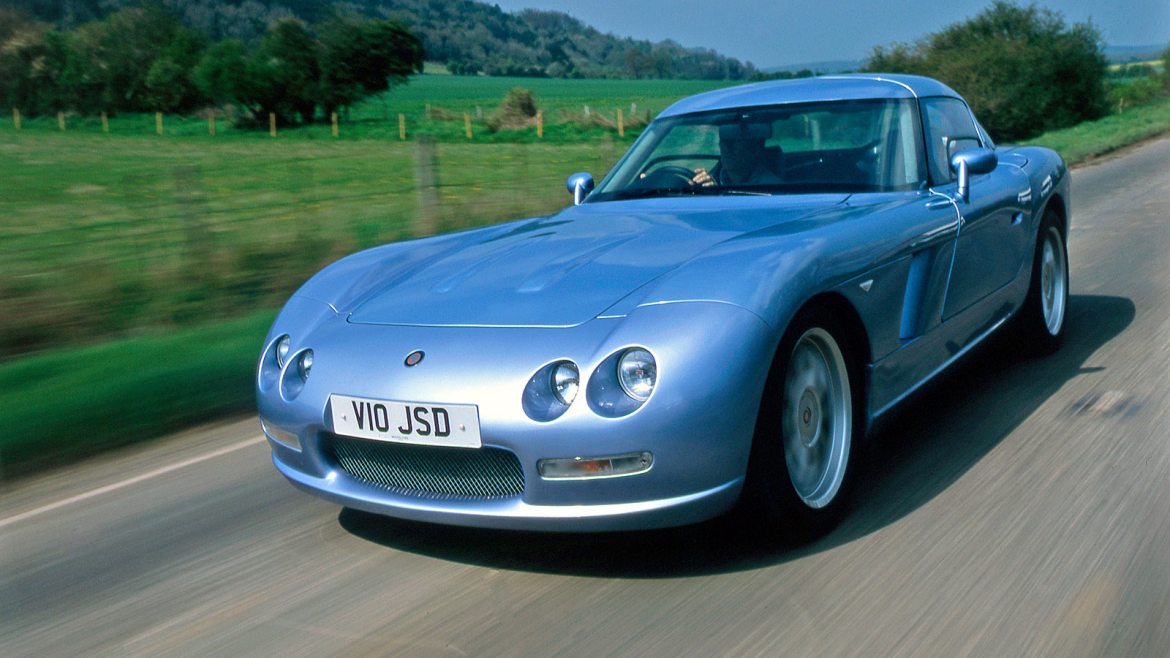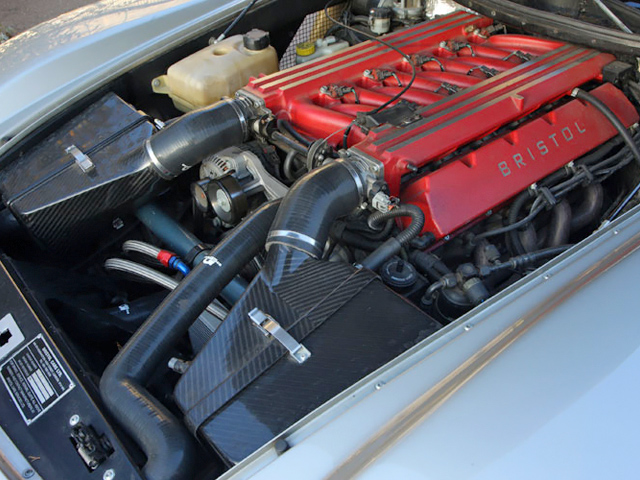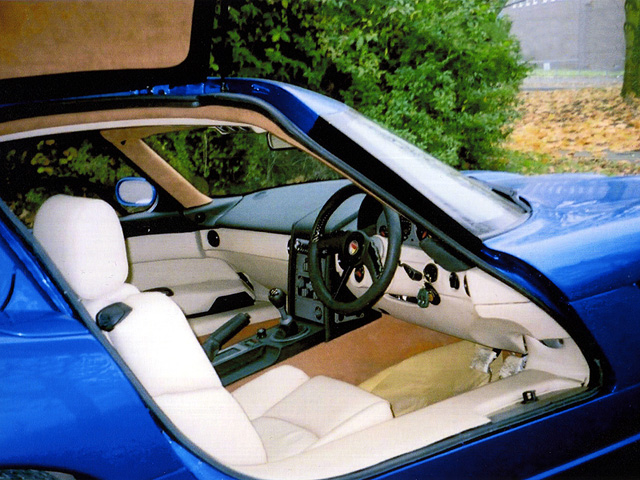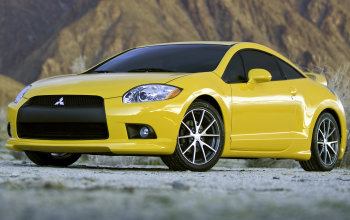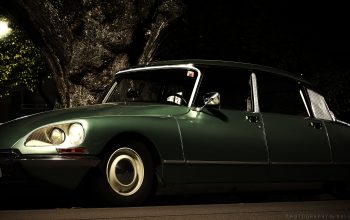Last hurrah of a dying brand has never been this badass.
Throughout the last few decades, the British car brands have produced vastly powerful and equally charismatic cars. Brands like TVR, Lotus and more recently, Ariel and Ultima develop lightweight and quick machines that make the rest of the world look obsolete. There is, however, a brand that’s been forgotten in the pages of history alongside most of the cars they made. That brand is named Bristol, which was closed two years ago, but before their closure, they gave us petrolhead one of the coolest and most powerful sports cars ever made in its time, the Fighter. In this article, we’ll take a look at the history of Bristol and its development phase of the Fighter, and see why this car deserves its own pedestal in motoring history.
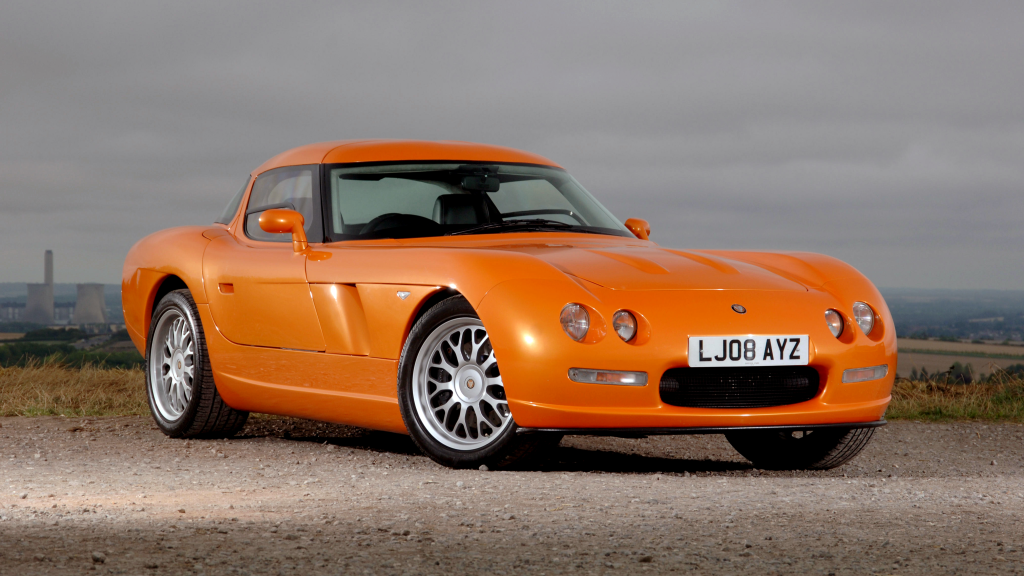
Bristol was founded in 1910 and was a plane manufacturer initially until they started making cars in the late 1940’s. The brand was in danger of bankruptcy back in the late 90’s. They’ve been making Type 400 series that are now regarded as iconic classics with BMW-derived engines and Chrysler-engined Blenheim and Brigand models after the 1960’s. It was obvious that Bristol needed a saviour for their bleeding brand, and they decided that a sports coupe with a Dodge Viper V10 heart would do the job instead of a four-door saloon with reasonable price as a sensible option. Thankfully though, they went the berserk route in 1999 with their Fighter Project, and it’s how the Fighter came to be.
Introduced in 2002, The Bristol Fighter is a gullwing two-seater, rear-wheel drive coupe with a naturally-aspirated gigantic 8.0L pushrod V10 from the Dodge Viper GTS, but it’s a fully British car as its bodywork was made by the former Brabham Formula One engineer, Max Boxstrom. Unlike other sports cars of its time, the bodywork did not contain any carbon fiber or aluminium, instead, like TVR, it featured a blend of lightweight composites and plastics. Despite that, the Fighter was still heavier than most of those British sports cars we mentioned, as it had a kerb weight of 1540 kg (3395 lbs). The weight, however, did not stop the Fighter from being one of the fastest cars upon its release, as it accelerates from 0 to 60 in just 4.2 seconds to a top speed of 338 km/h (216 mph) which is much faster than the Viper GTS which can only accelerate up to 290 km/h (180 mph) in 4.5 seconds.
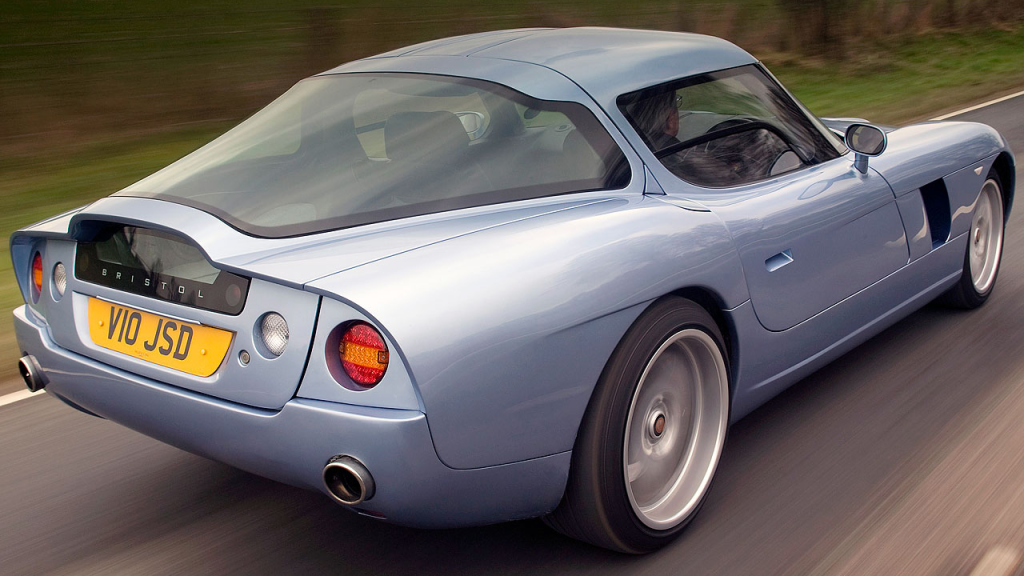
The reason why it’s far superior to its original relative is that Bristol extensively tuned the engine to produce 532 HP @5600 RPM and 712 NM @3600 RPM. This power is propelled by a good old fashioned 6-speed manual gearbox, which makes it a real driver’s car like the Viper, but a 4-speed automatic is also an option box that we believe no Fighter owner wanted or needed to tick. Despite the huge firepower under the bonnet, however, the Fighter features a simplistic design that mirrors the TVR design language somewhat, which settles it as a sleeper sports car that you’d expect it to produce no more than 250 HP but be ashamed to learn that it’s faster than most of the sports cars even in today’s standards. The rear twin exhausts are a clear indication of how savage this rare car is, though, and the 19-inch big rims with low-profile tires definitely complete the mad looks. The styling can be compared to TVR Tuscan Speed Six, another legendary British sports car that’s equally bonkers to drive as the Fighter. By many, the Fighter is classified as a supercar, rather than just a sports car, and we can say that it’s quite justified.
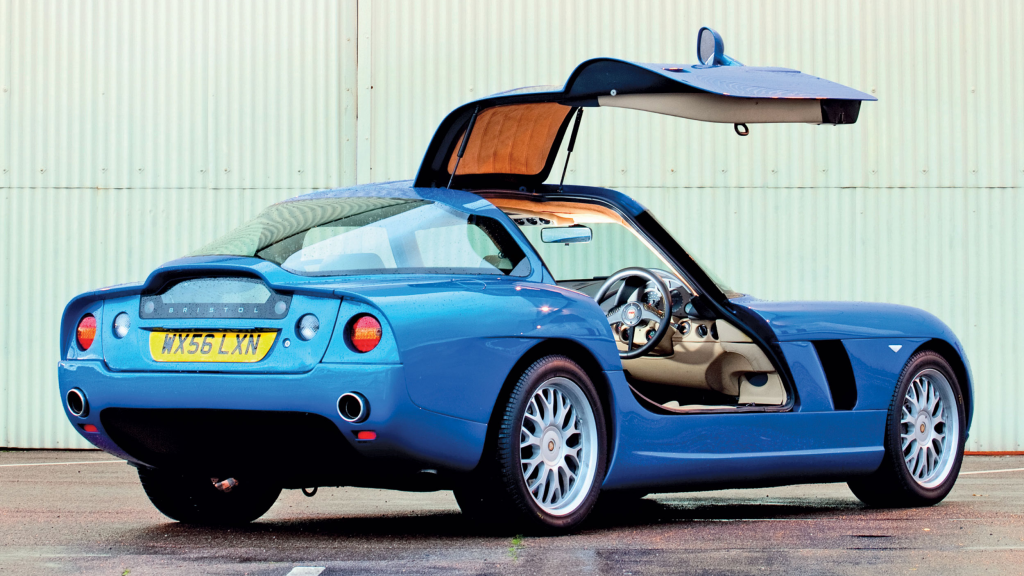
The Fighter, as a car, was a great success as it was a genuinely fast car coming from a really unexpected brand like Bristol and it blended lightweight British build perfectly with a big, American powertrain. No one knows how many units Bristol built and sold, but guesses are between 10-15, which deservedly makes it one of the rarest cars on Earth. But there’s more, Fighter had a wilder, much, much wilder brother as a piece de resistance, the Fighter T, which could do double of what the original Fighter could.
The nuclear reactor as a car, the Fighter T
While the normal Fighter was already a really fast supercar that can tear Viper’s face off, the Fighter T could challenge a Cerbera Speed 12 or even Veyron back in its time. Started production in 2006, the sales of the Fighter T started in 2007, and you’d be one of the luckiest people in the world if you had your name in one of those checks, as the T version was rarer than the original model and much more desirable. Why? Because the Fighter T produces double of what the standard could, as it produces staggering 1026 HP @ 5600 RPM of power and even better, 1405 Nm @ 4500 RPM of torque, which meant it could propel the whole factory it’s built in. The best part of the T version is that despite the huge power, the weight largely remains unchanged at 1595 kg (3516 lbs), only 55 kg heavier than the standard version, and it still retains the same 6-speed manual gearbox with better gear ratios. The suspension was also heavily tweaked to cope with the enormous amount of pressure the 1405NM of torque puts on the road.
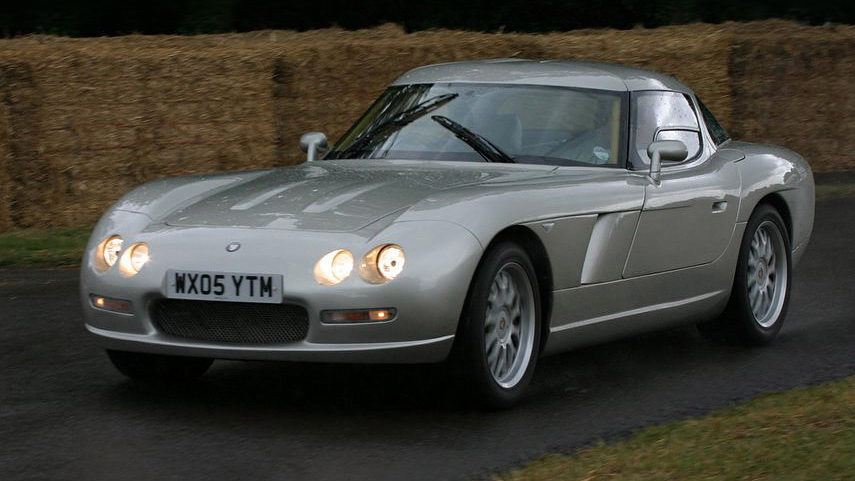
The Fighter T was also the car with the highest torque output in the whole world upon its introduction. The amount of power in the T version is eye-watering and it’s accomplished through turbocharging the engine, which vastly improved the top speed and acceleration as it went from 0 to 60 in just 3.6 seconds to a top speed of 362 km/h (225 mph). Back in 2006, only the hypercars like Veyron, the Koenigseggs or heavily modified autobahn monsters like Brabus-tuned SL 600 could reach such a top end speed. It illustrates the potential of the V10 Viper engine and shows that Bristol could humiliate most supercars with their new magnum opus.
The Bristol Fighter was a brilliant supercar, but it wasn’t enough to save Bristol from its demise as they were liquidated in 2020 despite being bought by new owners, and they couldn’t even produce their latest project, named Bullet. Before saying goodbye, though, Bristol gave us the Fighter, and even though it’s criminally underrated, we appreciate what this little car is capable of, how it looks and its importance in the motoring world.

